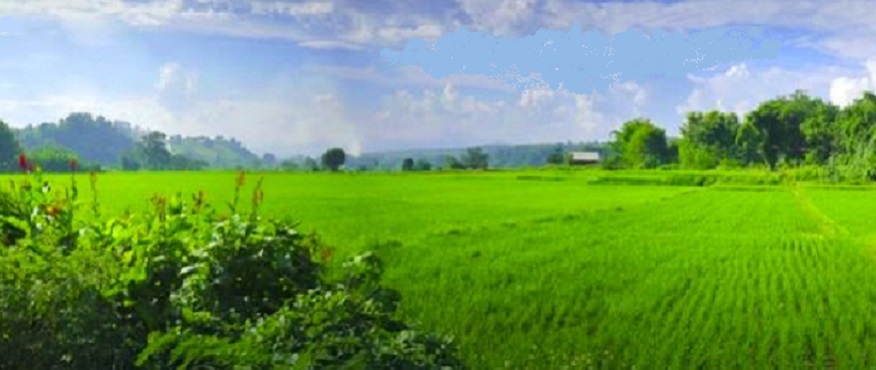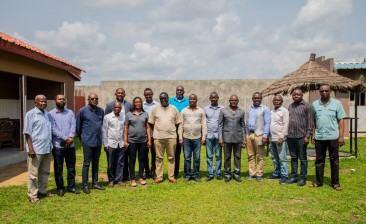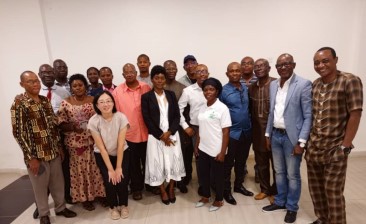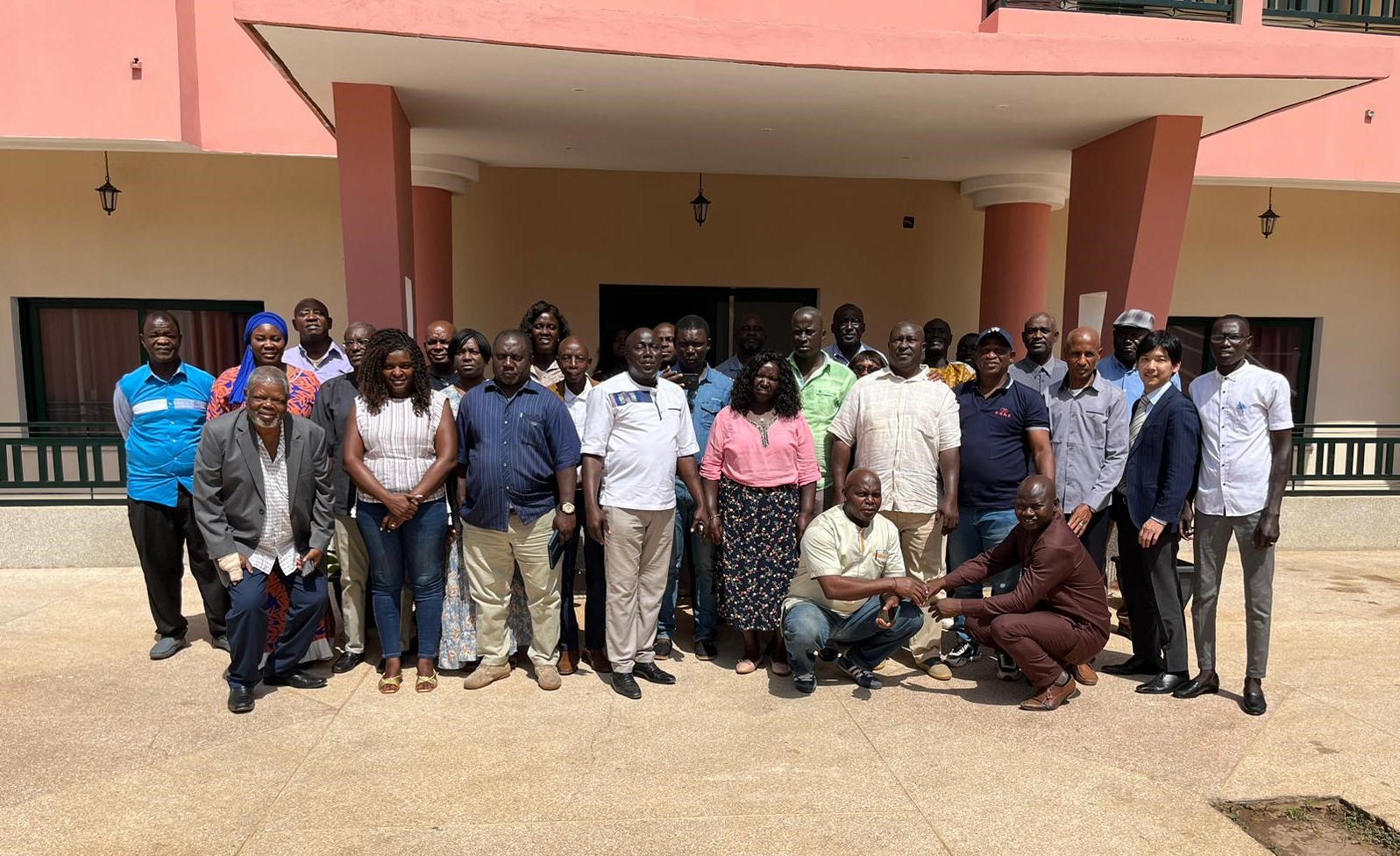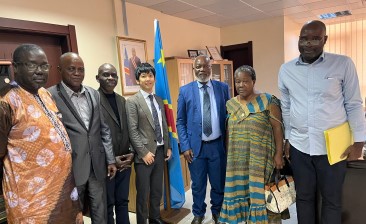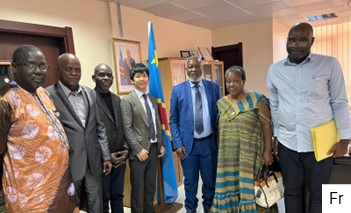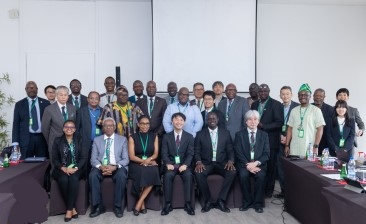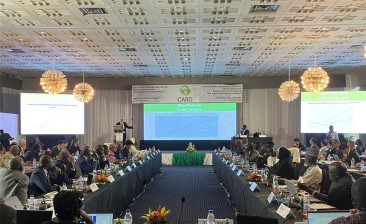DR Congo, December 2020
Fourth working week for the revision of the DRC NRDS
Since the previous working week that was conducted in October 2019, the task force continued to update the data needed to draft the second generation NRDS. The outbreak of the COVID-19 pandemic disrupted plans to continue the process of finalizing the NRDS2. The relaunch of the CARD Secretariat’s remote support activities was decided during a virtual videoconference meeting (via zoom) in October 2020. Subsequently the taskforce decided to hold an NRDS-2 finalization workshop before the end of 2020 and organized a retreat outside of the downtown area where the Ministry of Agriculture office and many Task Force members are located.
The working week took place at the Emmaus Center in Kisantu, Central Kongo, for five days, from December 14 to 18, 2020. The Task Force reviewed the composition of the writing groups assigned to chapters 1 to 5. During the first three days, each of the four writing groups continued writing and making amendments to their assigned sections, taking into account observations made by the CARD Consultant. The fourth day was dedicated to the review and amendment of Chapters 6, 7 and 8 through a plenary session. On the final day, the amended and completed document was finalized and adopted as the final version for national validation.
The following key elements were confirmed:
– Vision: “by 2030, the DRC should become a rice granary in Central Africa with an organized, profitable and sustainable rice industry”
– Overall objectives: OG1: To increase the quantity and improve the quality of rice production in the DRC in order to meet national and regional market needs; OG2: To structure the value chain of the rice sector in order to sustain the performance of all its actors.
– Specific Objectives: SO1: To improve productivity and increase rice production in rice development poles; SO2: To make local rice highly competitive and improve the incomes of all stakeholders in all ecologies; SO3: To organize and professionalize stakeholders in the rice value chain.
– Targets: The strategy sets the physical objective of achieving self-sufficiency in rice (886,866 tons) by 2025 and exporting a surplus of 170,000 to 220,000 tons of white rice to the external market (sub-regional and international) by 2030.
After discussions, the 17 defined rice development poles were maintained.
Thus, the main outcomes of this working week are: (i) the capacity of the task force members is strengthened through the working week; (ii) some parts of the strategy have been reviewed and refined; (iii) the NRDS II document is ready to be submitted for national validation. The next step is the validation of the revised strategy, which is planned for May 2021.
